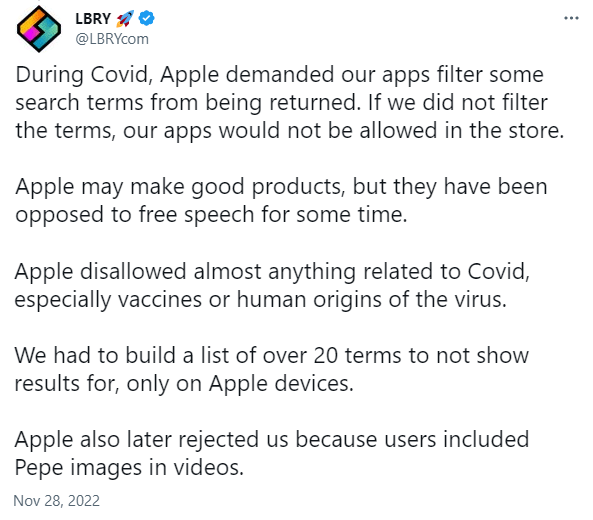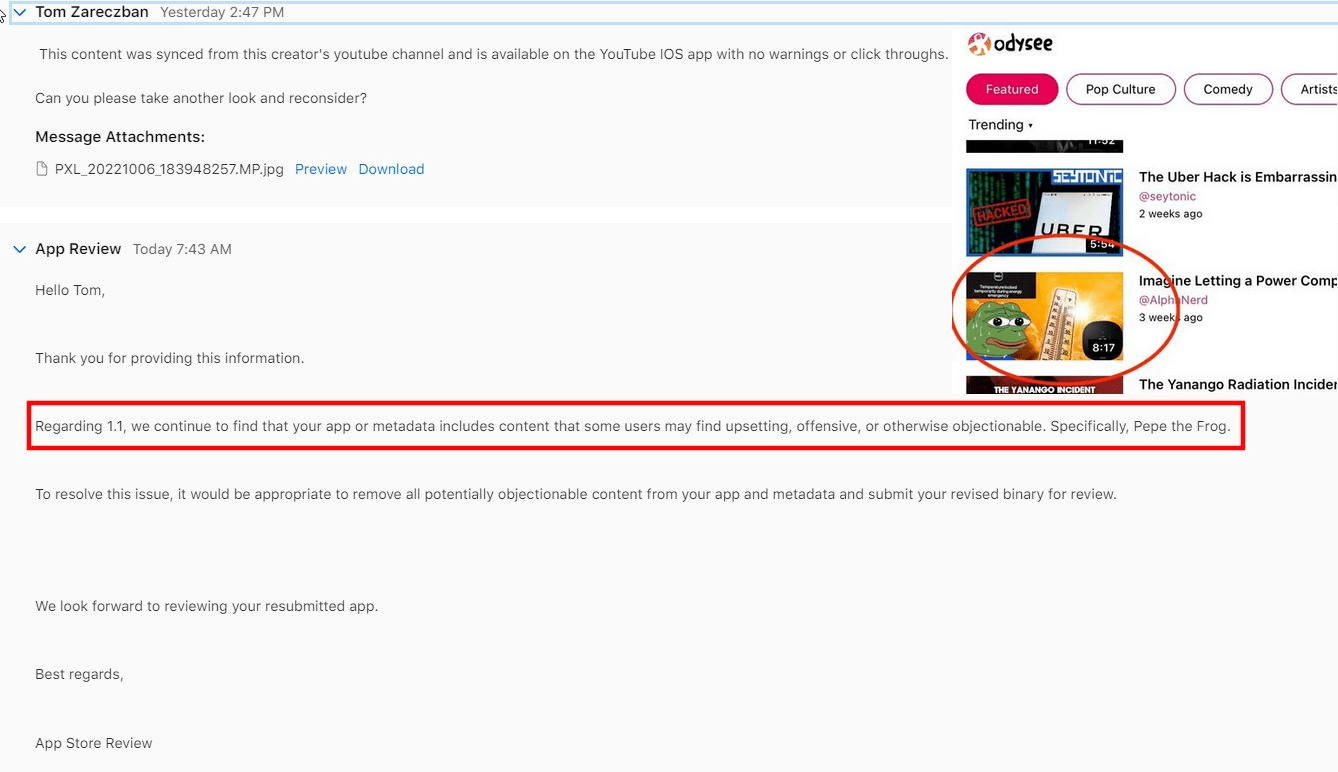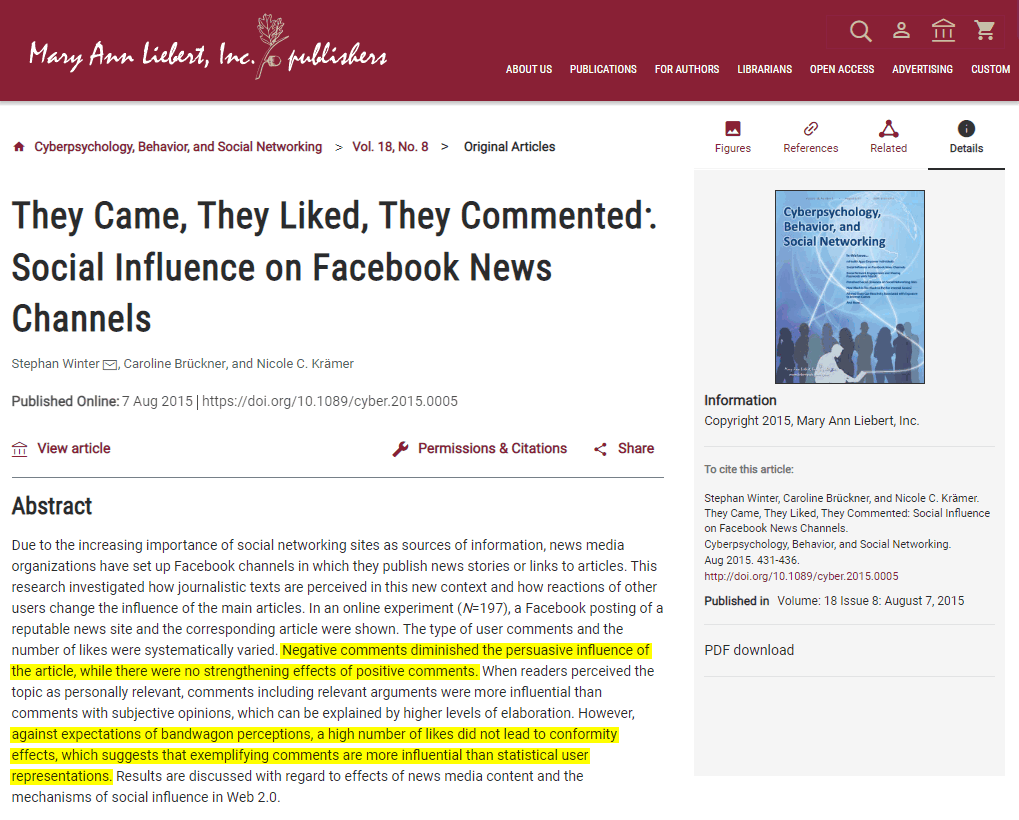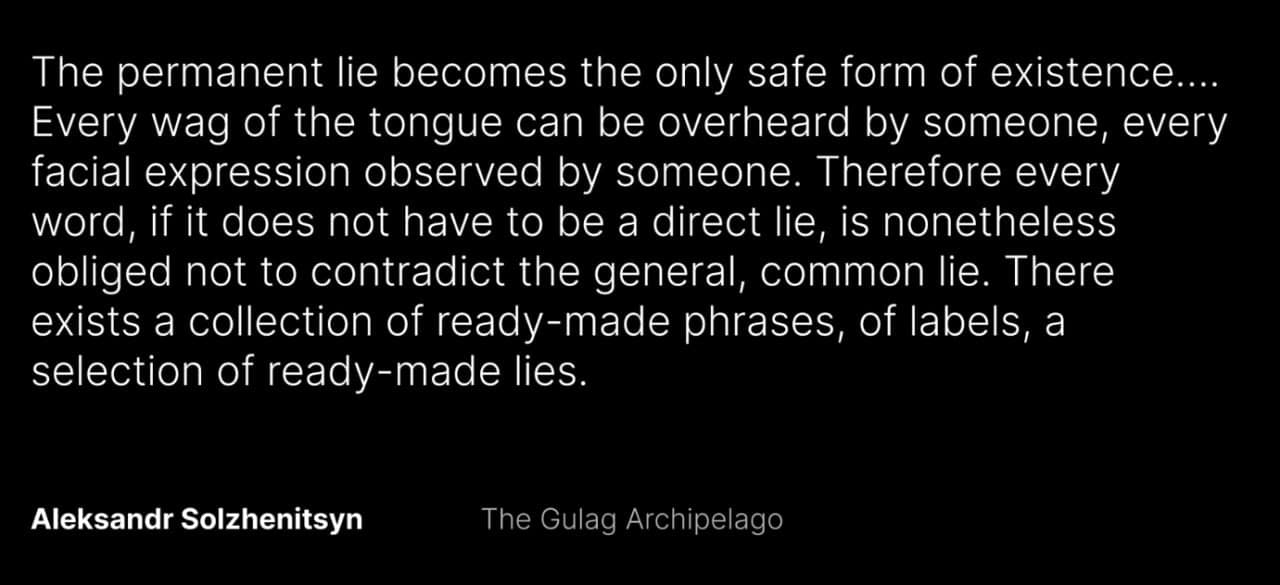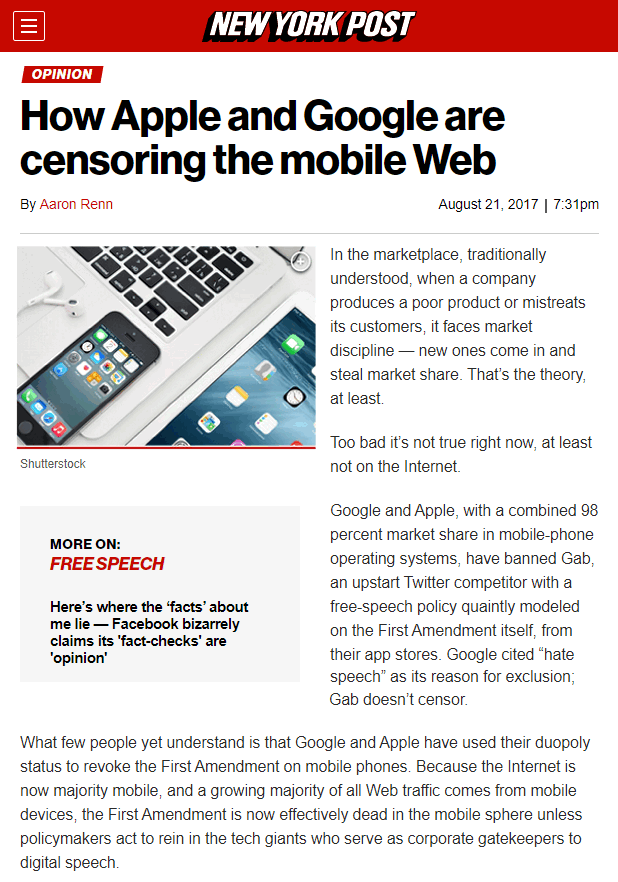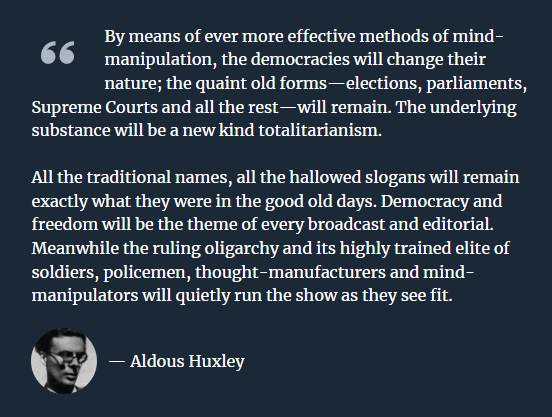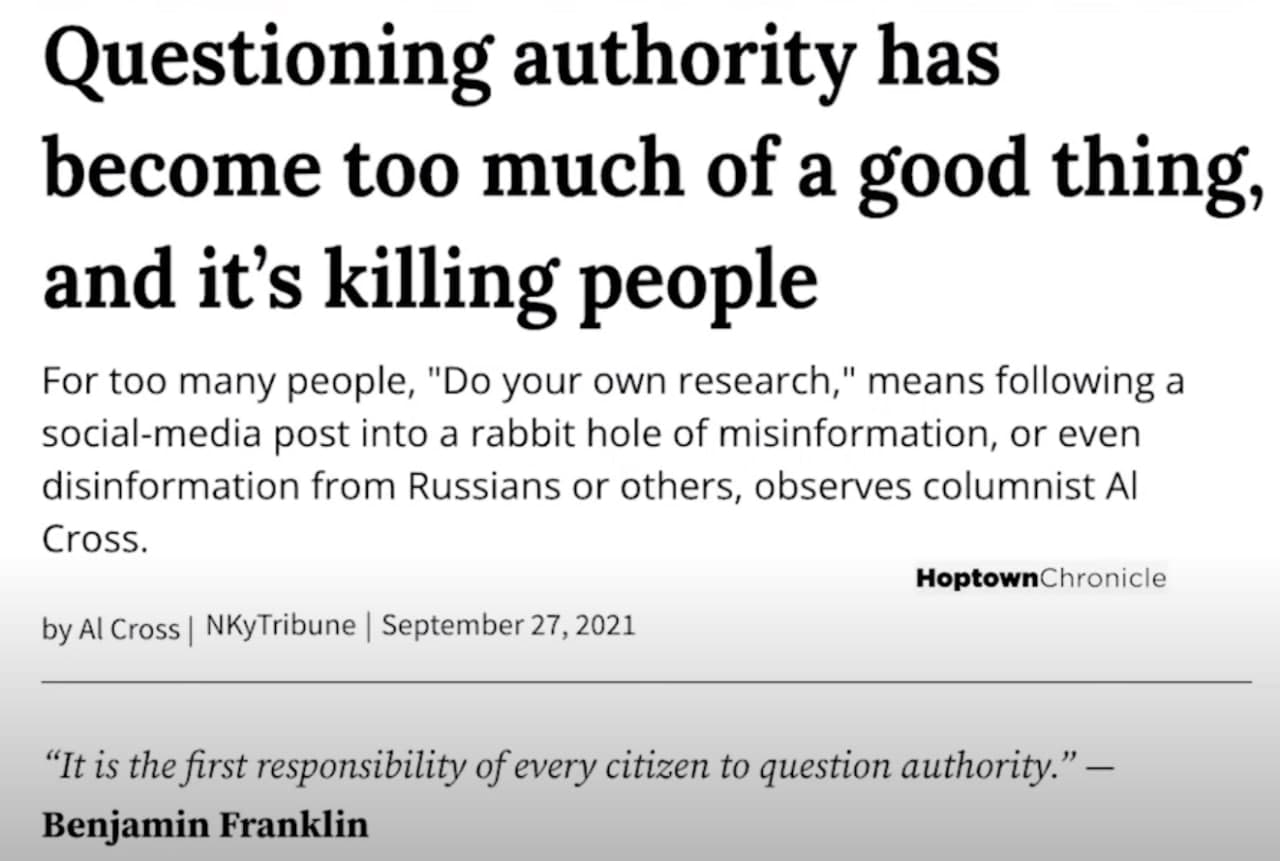Perception control through subtle word choice – the 1974 Loftus and Palmer study
This is one of the classic examples from persuasion research. The unreliability of eyewitness testimony, and the power of leading questions.
Participants were more likely to say the cars were going faster when asked “How fast were they going when the cars smashed into each other?” compared to “How fast were they going when the cars bumped into each other?”
By changing one simple word in the description of an event the participants had just witnessed, researchers could bias their answers and rewrite their memories without anybody knowing it had happened.
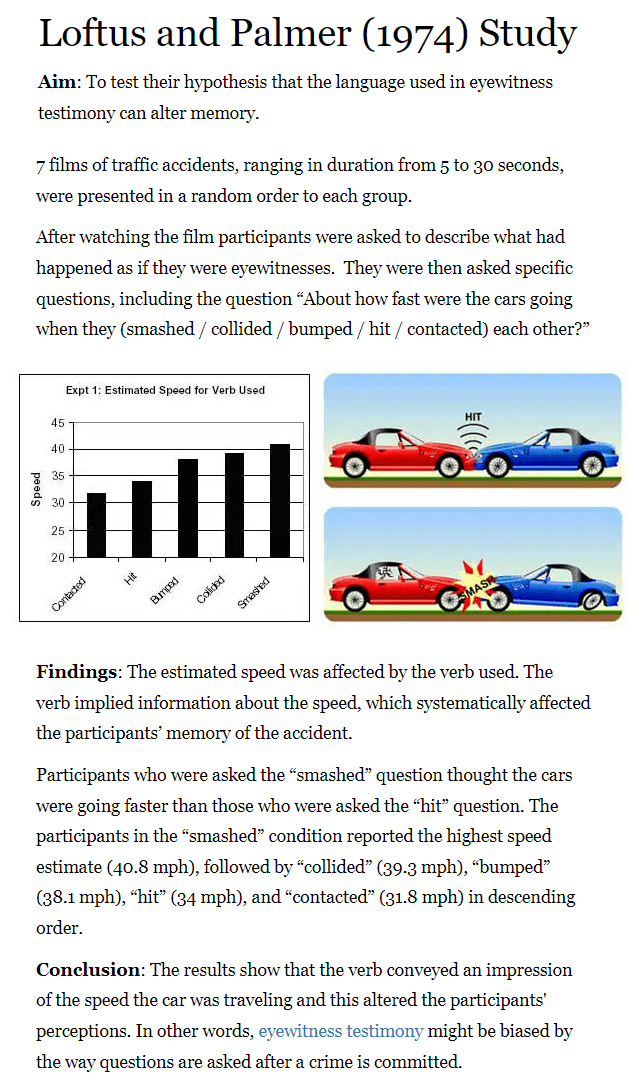
The media manipulation empire has been studying human psychology for generations. It knows precisely how to bias responses to certain events by controlling some of the simplest language patterns.
